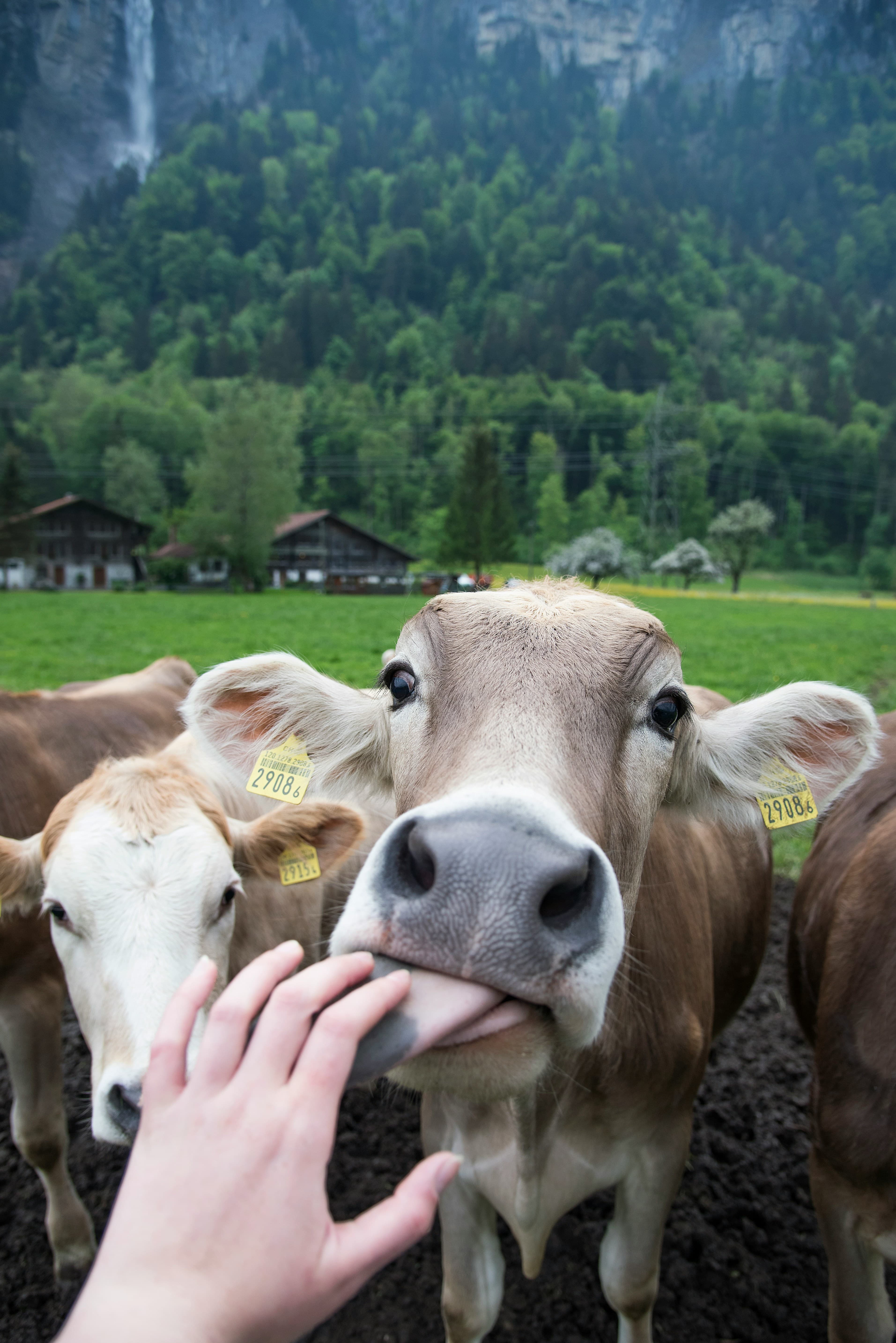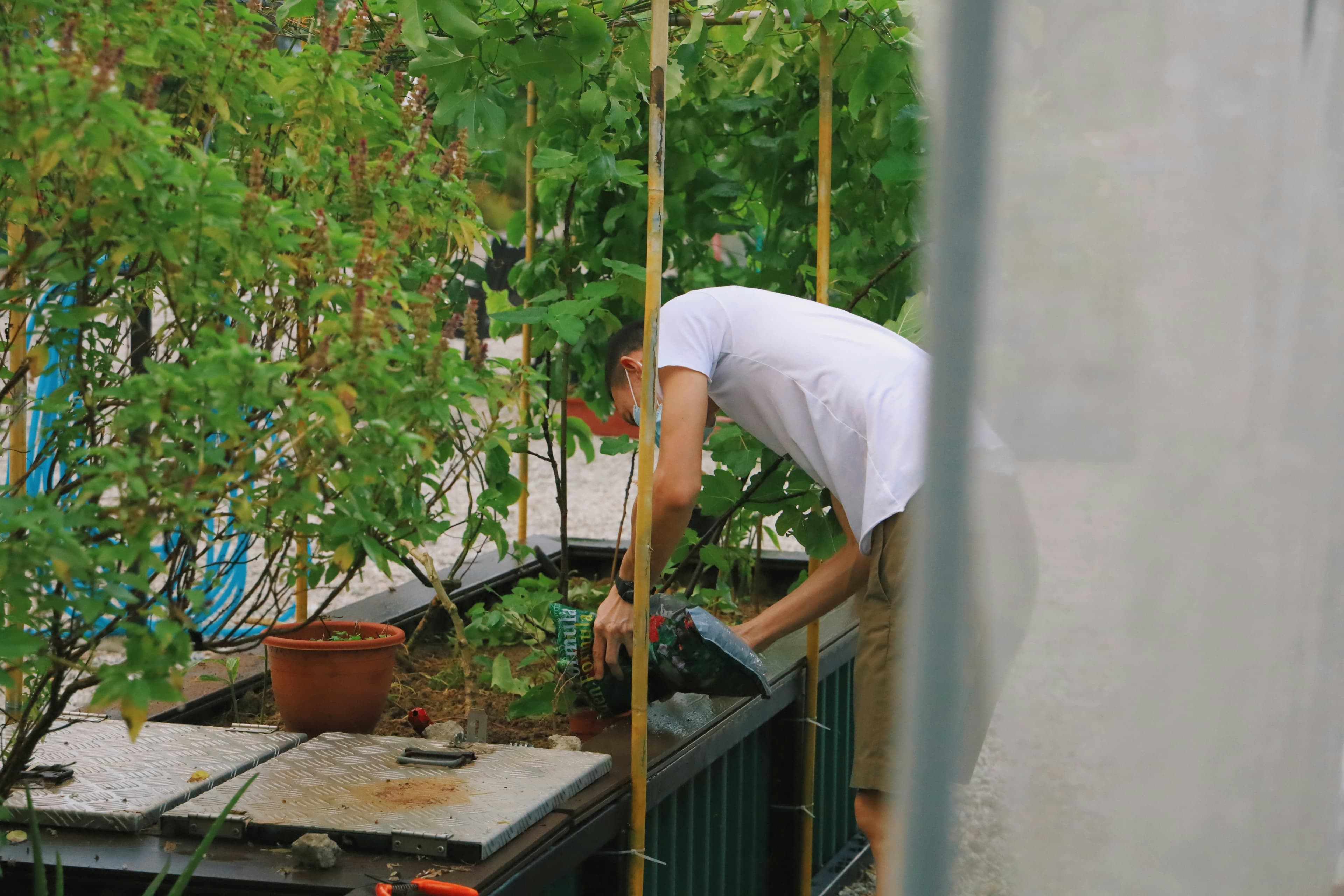
Can Animal Farming Ever Truly Be Sustainable?
Emma Hawkes
Emma is a postgraduate student studying International Animal Welfare, Ethics and Law. She loves travelling and learning more about climate change.
Animal Farming and the Planet: What’s Really Going On?
Animal farming and agriculture is the intensive breeding, raising and slaughter of animals like chickens, cattle, pigs and sheep for human use—mainly food. In some cases, animals are also farmed for luxury items like fur and leather.

Factory farming is often seen as the most financially rewarding option because it produces a massive supply of products quickly and cheaply. That might sound great for business—and for the average shopper’s wallet—but behind the scenes, this system is having a huge negative impact on animals, our environment, and even our health.
How Social Media Is Sparking Change
In the last few years, social media has played a massive role in waking people up to the issues around factory farming. More of us are becoming aware of the consequences and deciding to make changes. One poll in the UK found that the number of vegans was expected to double to 2.2 million by the end of 2020, with a 62% rise in just 12 months.
At the same time, the global meat-alternative market was predicted to hit $5.2 billion by 2020. These stats show that people are starting to turn away from meat and animal products—and as this continues, the factory farming industry will be pushed to rethink its practices and hopefully shift towards more sustainable, animal-friendly options.
How Is Animal Farming Damaging the Planet?
There’s now loads of research showing that factory farming is making climate change worse. Farming animals on such a massive scale needs a huge amount of land—and that land is often cleared by cutting down forests. This destroys natural biodiversity and harms the animals and plants that live there.
Shockingly, 75% of the destruction of the Amazon Rainforest is linked to animal farming. And right now, raising livestock and eating meat is responsible for about 14.5% of global greenhouse gas emissions. If we keep using land this way, animals that rely on those ecosystems—like primates and other rainforest species—will continue to die out as their homes and food sources disappear.
It’s not just about the animals either. Huge amounts of land are used to grow soy, corn, grains and legumes—not for people, but to feed livestock. These crops use a lot of water and resources to grow. And clearing land to grow them on leads to more deforestation, soil erosion, loss of fertility, flooding, and serious impacts on indigenous communities.
How Can Factory Farming Become More Sustainable?
To help slow down climate change, factory farms need to take sustainability seriously. A truly sustainable food system doesn’t rely on harmful chemicals or use up tons of water and energy. It values local production, protects biodiversity, and works in balance with nature.
For farming to be sustainable, it should consider three key things:
- People’s needs
- Profit
- The health of the planet
Luckily, there are already some brilliant ways farming can become more sustainable. Here are a few:

1. Ditch Animal Products Altogether
It might sound obvious, but switching from animal products to plant-based alternatives could totally change how land is used. A great example is a Swedish farmer who moved from organic animal farming to producing oat milk for the brand Oatly.
Instead of feeding oats to livestock, he started growing and selling them directly for human consumption. This kind of switch saves land and water, cuts emissions, and helps make food more accessible.
2. Permaculture
Permaculture is a type of farming that works with nature rather than against it. The idea is to create systems that reuse resources, minimise waste, and mimic how natural ecosystems work. Some examples include growing grain without tilling the soil, planting fruit and nut trees, using herb spirals, and building swales to trap rainwater in higher parts of the landscape. Basically—working smarter, not harder.
3. Biodynamic Farming
This method is based on the idea that a farm should function like a single living organism. It’s all about creating harmony between plants, animals and the land.
Farmers use composting, cover crops, animal manure and crop rotation to help restore soil fertility and encourage plant growth. It’s a method that can be easily used on mixed farms, gardens and even vineyards—and it's great for long-term sustainability.

4. Urban Agriculture
With more of us living in towns and cities, growing food locally is more important than ever. Urban agriculture helps cut down on emissions from transport and supports local communities.
Think: backyard veggie patches, community gardens, vertical farms, greenhouses and even farm towers. Lots of cities are already embracing these ideas and the results are really positive.
5. Raise Animals Naturally
If animals are going to be farmed, they should be raised in environments that suit them—not cramped, stressful factories. Natural environments allow animals to behave in ways that are important to them, like grazing or rolling in mud.
Raising animals this way also helps return nutrients to the soil, supports biodiversity, and improves animal health. Plus, when animals are happier and healthier, the quality of the food they produce—like meat, dairy and eggs—is better too.
What Can You Do?
One thing’s become really clear: our planet needs us to change the way we live. Sustainable farming is a huge part of that—but there’s also so much we can do as individuals:
- Eat a vegan or plant-based diet
- Walk more or take public transport
- Shop locally and support ethical businesses
- Cut down on single-use plastics
Every little change makes a difference. Together, we can create a kinder, more sustainable future—and that’s exactly what The Climate App is all about.